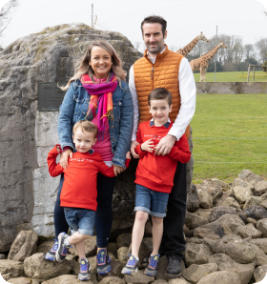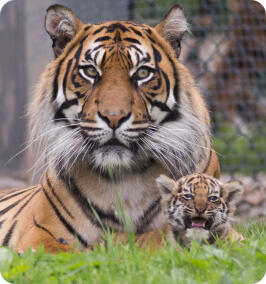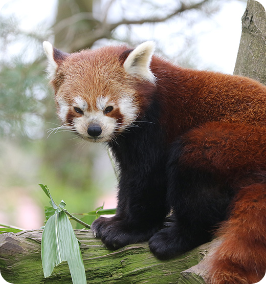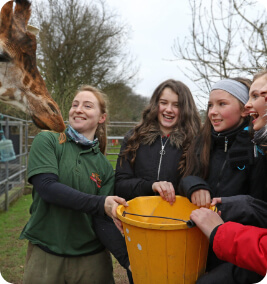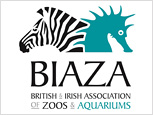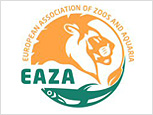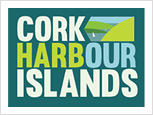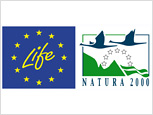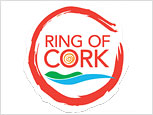Fota Wildlife Park has established an excellent track record of contributing to Conservation on a global scale; however, efforts at home in Ireland are just as crucial because many of our own native species are also battling against changing habitats, developments in agriculture and the influence of mankind.
Ireland’s Red Squirrel is under threat from growing numbers of the more resilient Grey Squirrel across the island. The Barn Owl is also in decline while the Corncrake is no longer found in many of the locations once well known for its link to the bird.
In response, the Park has helped to fund several local initiatives including a Bird Watch Ireland survey that will monitor the nesting behaviour of Barn Owls as well as a project examining the ecology, population dynamics and behaviour of Red Squirrels on Fota Island.
Support is given to the Cork Otter Group and the Cork Bat Group amongst other local organisations, and Fota will also be involved in a reintroduction programme for the Grey Partridge in Northern Ireland.
The Fota Connection: Saving the Corncrake
2012 saw the establishment of a new Corncrake breeding programme within the boundaries of the Park, in conjunction with the National Parks and Wildlife Service. With just over 100 birds left in Ireland, the Park took inspiration from a very successful programme piloted at Whipsnade Zoo in the UK and hopes to be able to release birds back into the wild in the future.
When Corncrake chicks hatch, they immediately map out the night sky using stars. The birds migrate back and forth to Africa but always return to within three kilometres of where they were originally born each year – hence why it is difficult to re-introduce them to an area they have been lost from.
Ireland still has wild populations in Donegal and Mayo, but the Corncrake is all but extinct from the Shannon callows, which was once a stronghold of the bird in this country.
Fota will breed the birds within the Park and prevent them from seeing the sky until they are transferred to another location. The birds are able to survive independently from their parents after about 18 to 20 days and they will map their new ‘home’ area on viewing the sky for the first time before returning back to the same area from Africa each year.
Related Pages
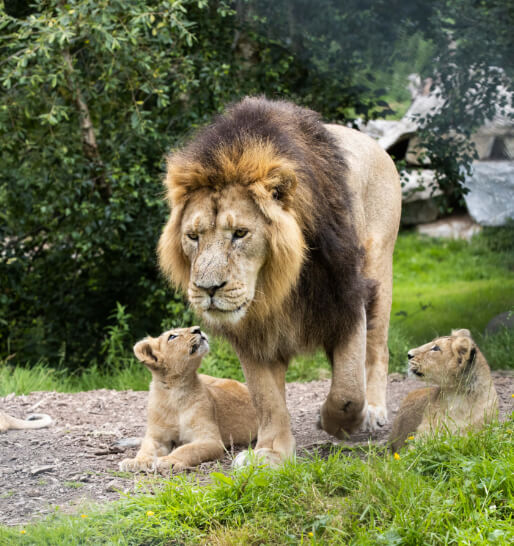
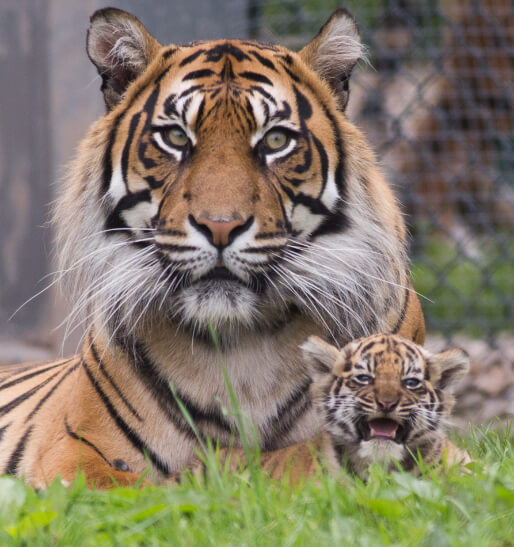
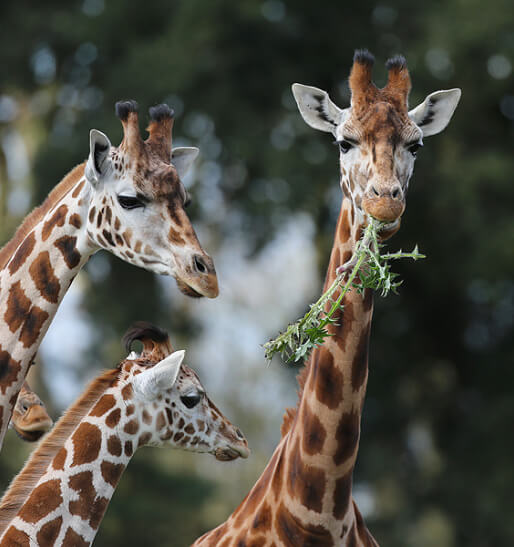
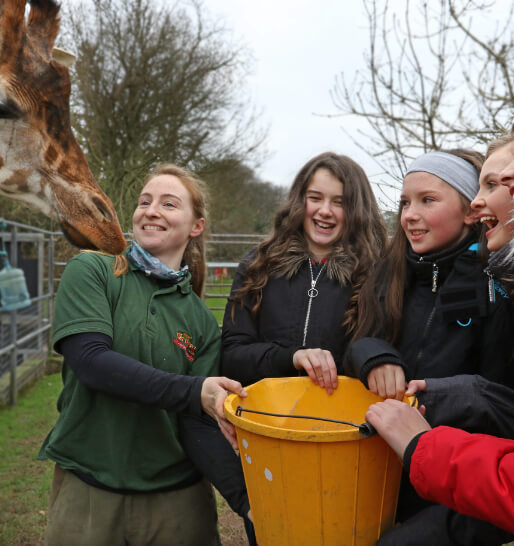
COME AND JOIN OUR ONLINE COMMUNITY
LIKE AND FOLLOW US
Keep up to date on the latest news and happenings from Fota Wildlife Park. Tag your social media photos with #FotaWildlife to share!
